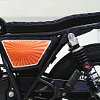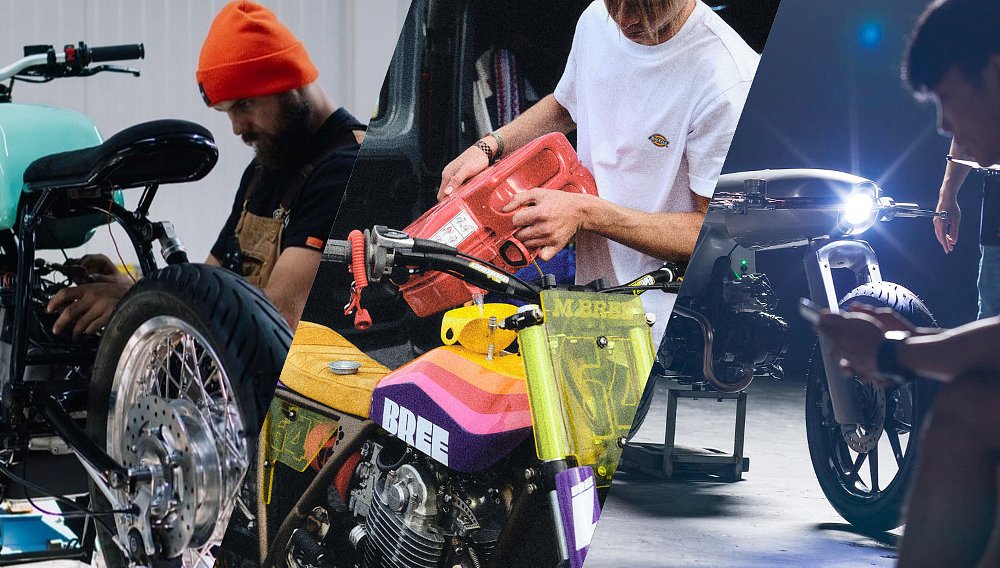A beloved Yamaha SR250 gets a retro re-hash at the hands of Spanish workshop Bolt Motor Co. An Indonesian café racer enthusiast proves a point by transforming a behemoth BMW tourer into a svelte sport bike. And Japanese resto-mod maestro AC Sanctuary builds the modern Katana we wish Suzuki had released.
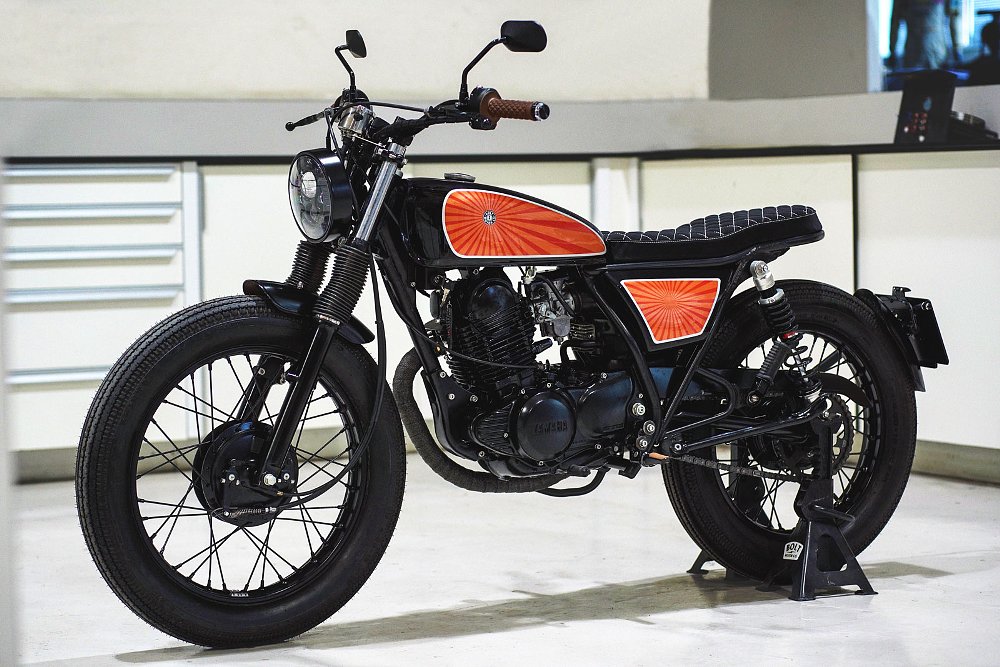
Bolt Motor Co. Yamaha SR250 Special
Nostalgia is a powerful thing. For many motorcyclists, the idea of forking out their hard-earned to fund a ground-up 250 cc custom may seem nonsensical. But in the case of this 1989 Yamaha SR250, its owner knew exactly what he was doing. The SR was his first motorcycle. Now 50 years old, the owner has been in possession of this bike for more than 30 years. With memories of riding the Yammy as a young man still bringing a smile to his face, he decided it was time to rejuvenate his beloved thumper. To realize his vison, he delivered it to Adrián Campos of the Spanish workshop Bolt Motor Co. (Instagram).
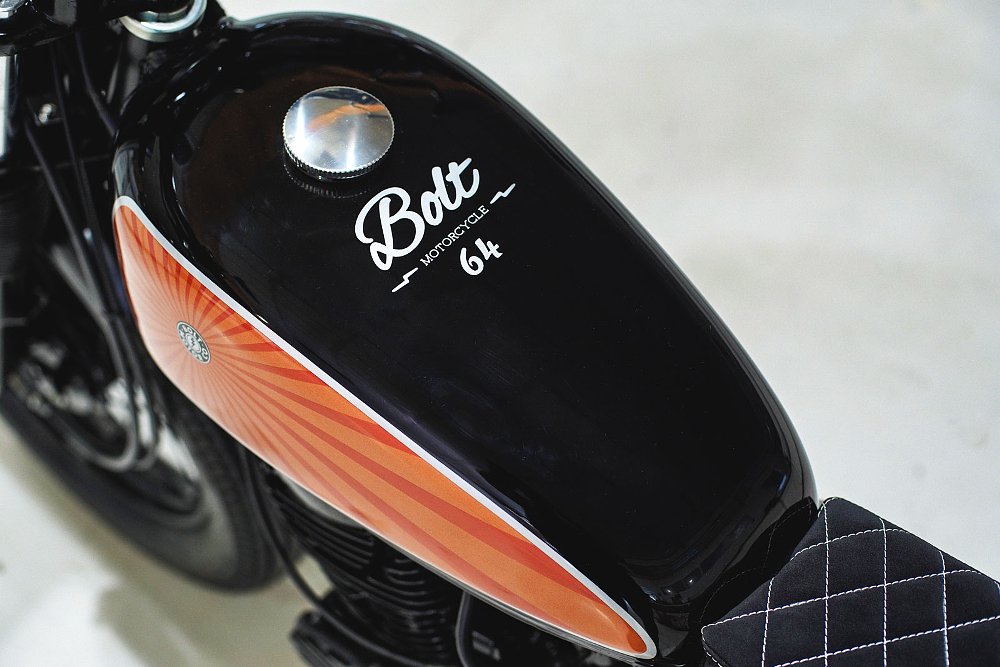
The concept for this project draws inspiration from the Japanese workshop BratStyle. BratStyle's founder, Go Takamine, describes his creations as a blend of vintage design and visual lightness. Typically, these bikes are based on small to mid-sized Japanese motorcycles and feature unmodified frames, complete suspension systems, and a pared-back aesthetic with hints of flat-track styling.
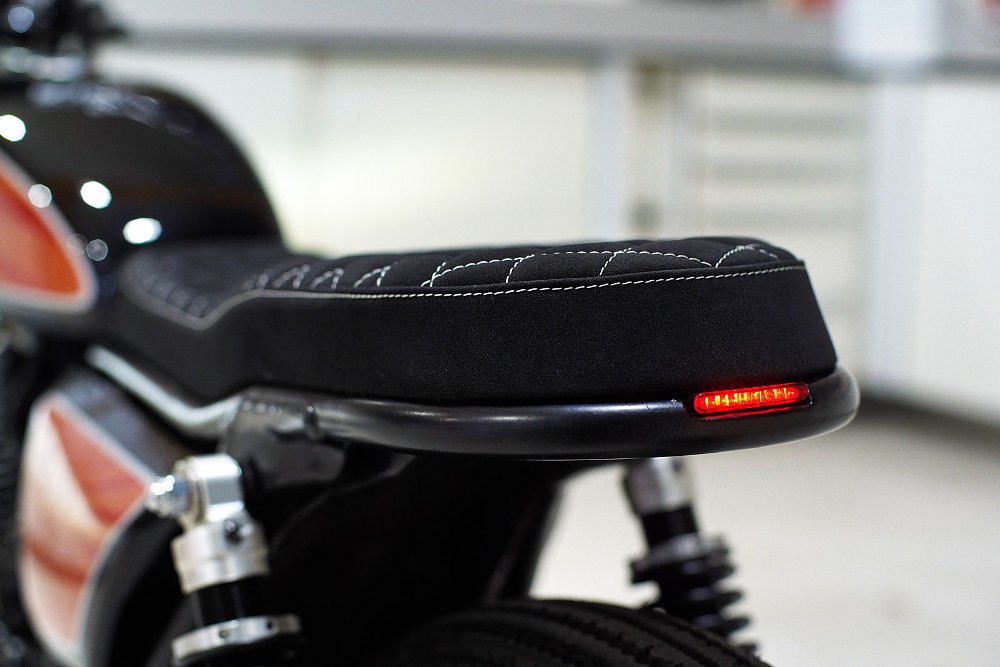
With this vision in mind, Adrián began with modifications to the SR's stance. He added YYS shocks to the rear while the front end features a Brat-inspired handlebar and the foot controls are by Puig. Completing the riding position tweaks is a Brat-inspired flat saddle with contrasting diamond stitching. With the laid-back stance and riding position sorted, Adrián turned his attention to the styling.
A set of 3D-printed side covers fills the triangle in the frame, concealing the airbox and updated electrics. Replacing the stock SR250 fuel tank is a handmade Benelli-style unit crafted from aluminum. Both fenders are original Bolt Motor Co. parts. Adrián also equipped the SR with a spattering of aftermarket upgrades, including grips by Biltwell, bar end turn signals by Motogadget, and a vintage-look aftermarket speedo. Complementing the updated electrics are a modern LED headlamp and an LED brake light integrated into the bike's new subframe.
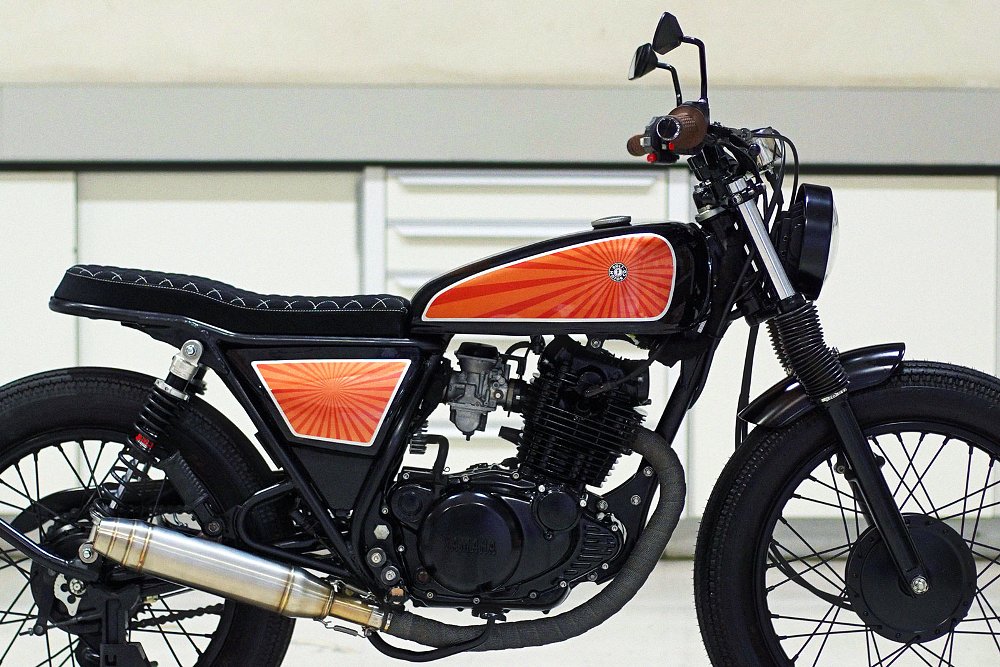
After 36 years of loyal service, the 250 cc thumper was ready for a refresh. Bolt obliged by performing a complete internal and external overhaul. The engine also received a new exhaust system, featuring a custom-made header and a Turbokit muffler that complies with Europe's strict MOT homologation rules.
While the upgrades made to this SR250 won't see it breaking any performance records, its eye-catching sunburst paintwork and fresh styling ensure it'll continue to deliver many more smiles.
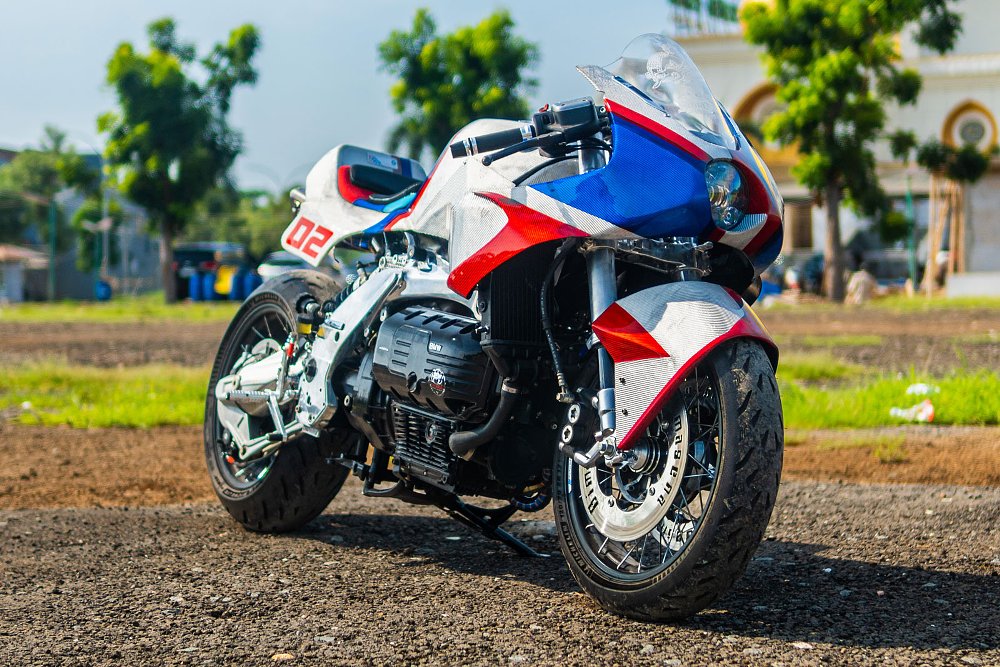
I'AM Works BMW K1200LT "Bimasena"
At nearly double the weight of your average sport bike, the BMW K1200LT isn't a motorcycle you'd expect to be fast. The behemoth two-up super-tourer offered all the luxury features one could desire for a cross-continent pilgrimage. However, beneath its leather upholstery, myriad tech gadgets, and 120 liters of luggage space lay a tried and tested horizontal inline-four engine paired with one of BMW Motorrad's best suspension systems. The only drawback? To fully unleash the K1200LT's potential, it needed to shed some serious weight.
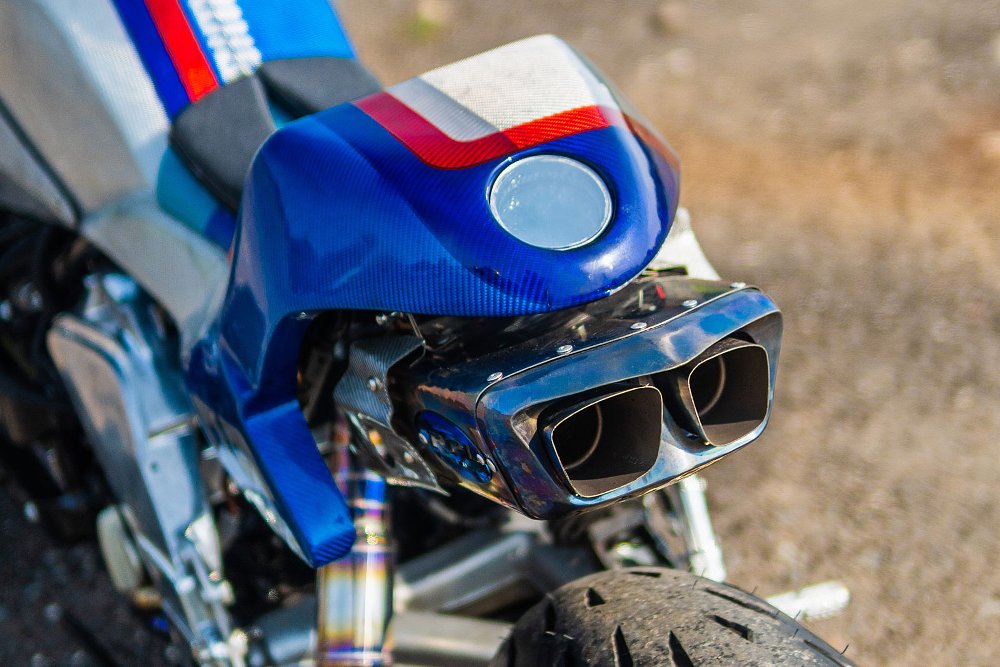
To prove this point, Iksan Adityo Mulyo and the Indonesian workshop Toekang Cet Modified set out to reimagine the K1200LT as a modern interpretation of the café racer ethos. Over an eight-month build, the tourer was stripped to its bare essentials and transformed into a lighter, sportier, and more dynamic ride.
"While most people would dismiss a touring bike like this as an unlikely candidate for a café racer project, I saw a challenge and an opportunity," says Iksan. "The project was a way to push creative boundaries and explore the art of motorcycle customization on a personal level."
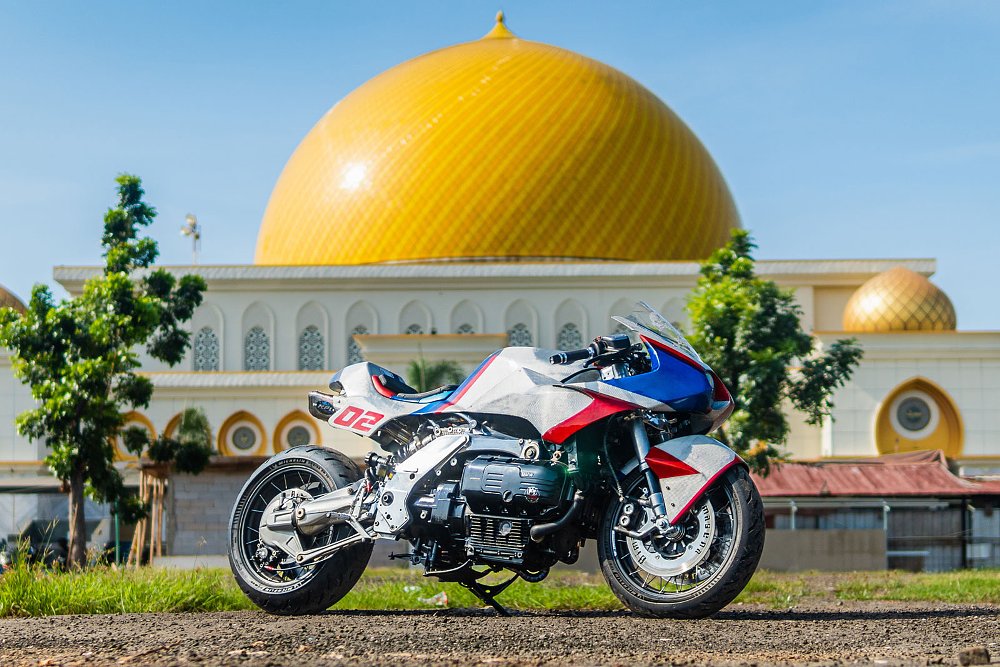
Inspired by the latest wave of retro-modern motorcycles, this K1200LT features bodywork with styling cues taken from iconic Japanese sport bikes, but Iksan's design was also influenced by Hindu mythology.
"The deeper inspiration came from Bhimasena, a legendary figure known for his immense strength, courage, and unwavering loyalty," he says. "His persona became the soul of this motorcycle, influencing every aspect of the design."
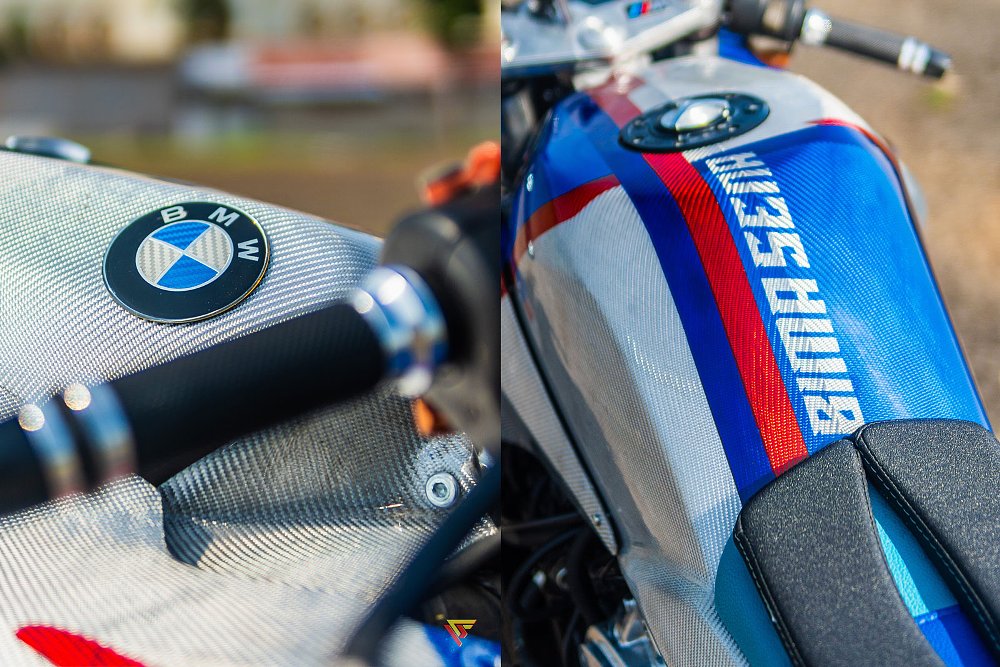
From Iksan's hand-drawn sketches, the team at Toekang Cet Modified crafted the new bodywork using lightweight fiber-reinforced plastics. Instead of carbon fiber, they opted for Texalium — a material chosen for its eye-catching, highly reflective finish, achieved through a thin layer of aluminum on the fiber weave. The look is completed with a paint scheme featuring semi-transparent BMW M Power livery.
Fitting the bodywork required modifications to the subframe and the creation of bespoke mounting hardware. The tail unit was finished with a custom-made seat, and the integrated lighting uses modern LED technology.
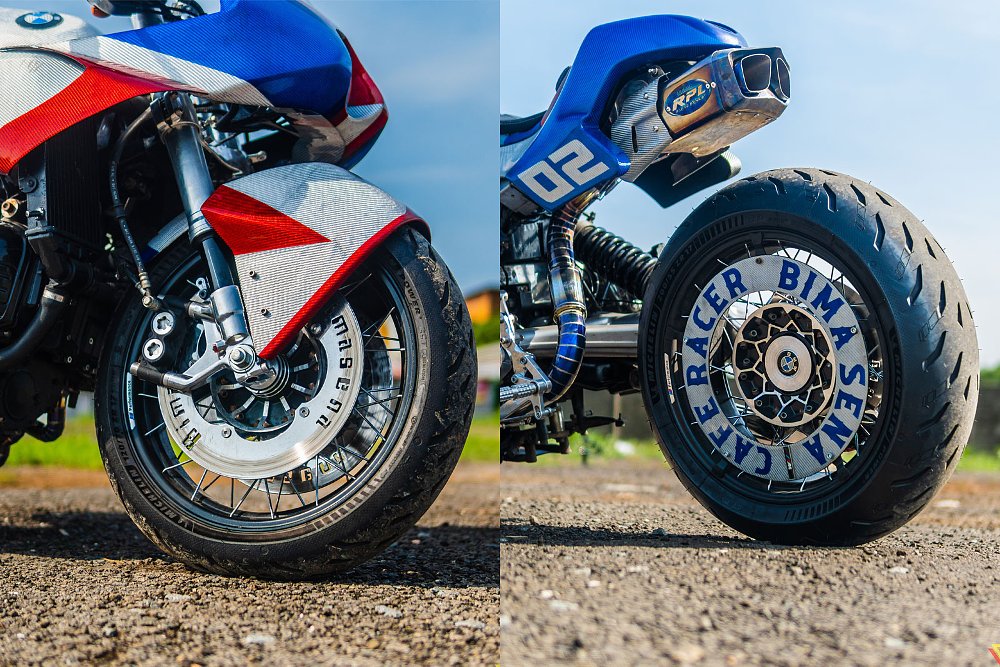
In addition to the weight savings from the new bodywork, Iksan has fine-tuned the bike's handling. "High-performance suspension was one of the project priorities," he explains. "The original touring suspension, designed for comfort on long rides, has been replaced with sport-tuned components. The goal was to improve the bike's agility and precision, making it feel more at home in the fast-paced, dynamic world of café racers."
Other handling upgrades to this project came in the form of a comprehensive brake upgrade complete with custom-machined ventilated brake discs. Finally, for a touch of added power, the engine has been treated to a titanium exhaust and fuel remap.
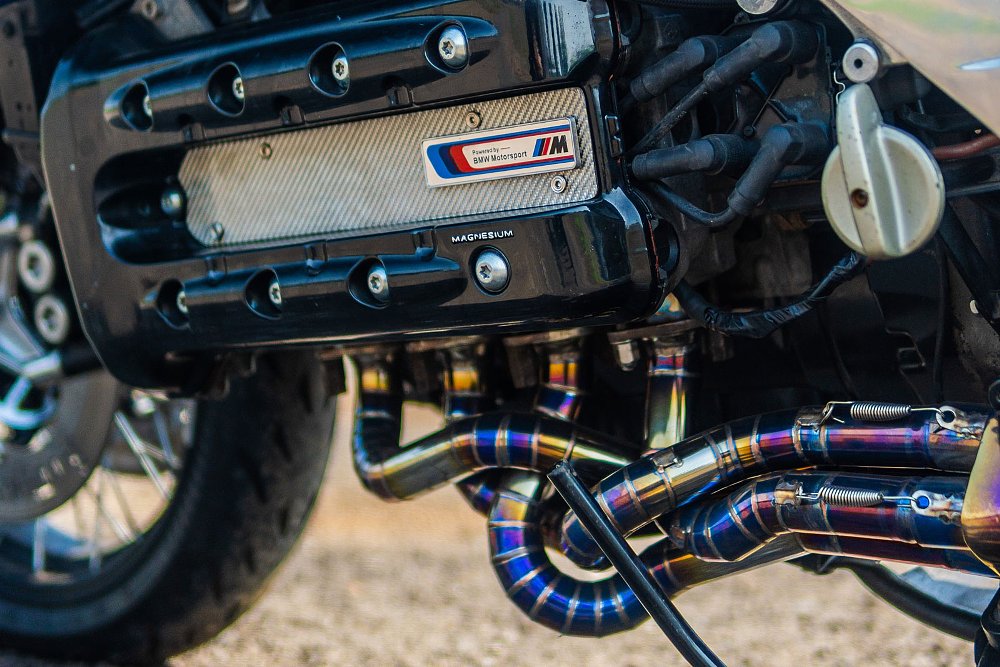
The big question here though is whether all of the hard work has paid off.
"After the transformation, the performance of the bike has been drastically transformed," Iksan reports. "One of the most noticeable improvements is in the handling. Cornering stability and responsiveness has been tightened and the brakes offer stronger performance without fading, which is especially important when pushing this bike to its limits."
In light of that, I say it's a job well done.
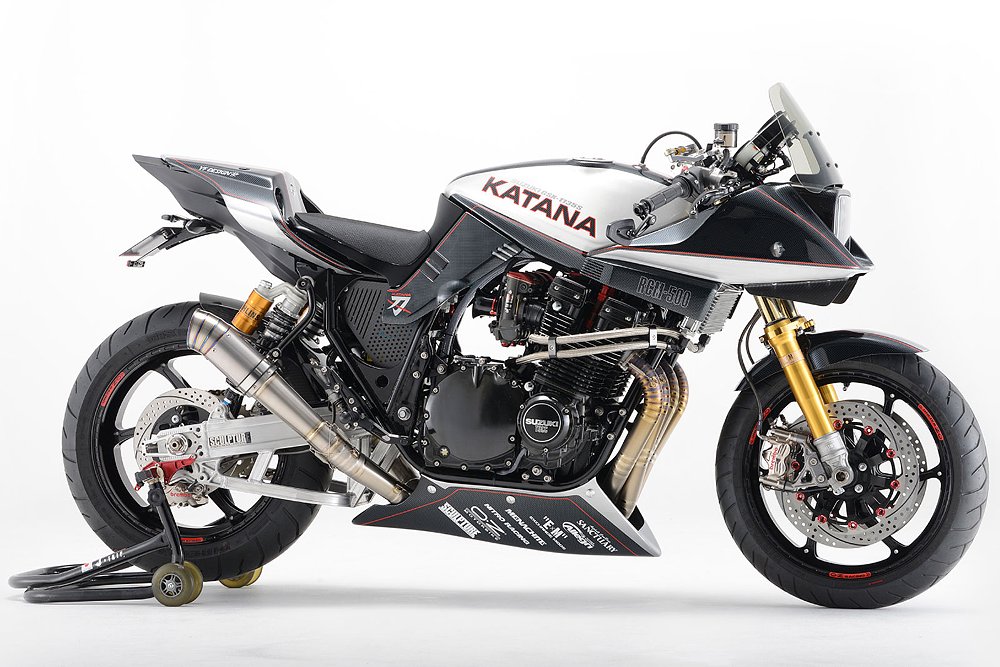
AC Sanctuary RCM 500 Suzuki Katana GSX1000S
When you commission the Japanese workshop AC Sanctuary (Instagram) for a restoration, you get far more than just a fresh coat of paint and an engine overhaul. Backed by a 1,000-kilometer warranty, each AC Sanctuary RCM (Real Complete Machine) project involves a complete ground-up rebuild. This process includes frame re-engineering, new wiring, premium performance parts, and custom-made components. The resulting machine is, in many respects, superior to the original. Case in point: the stunning Suzuki Katana GSX1000S.
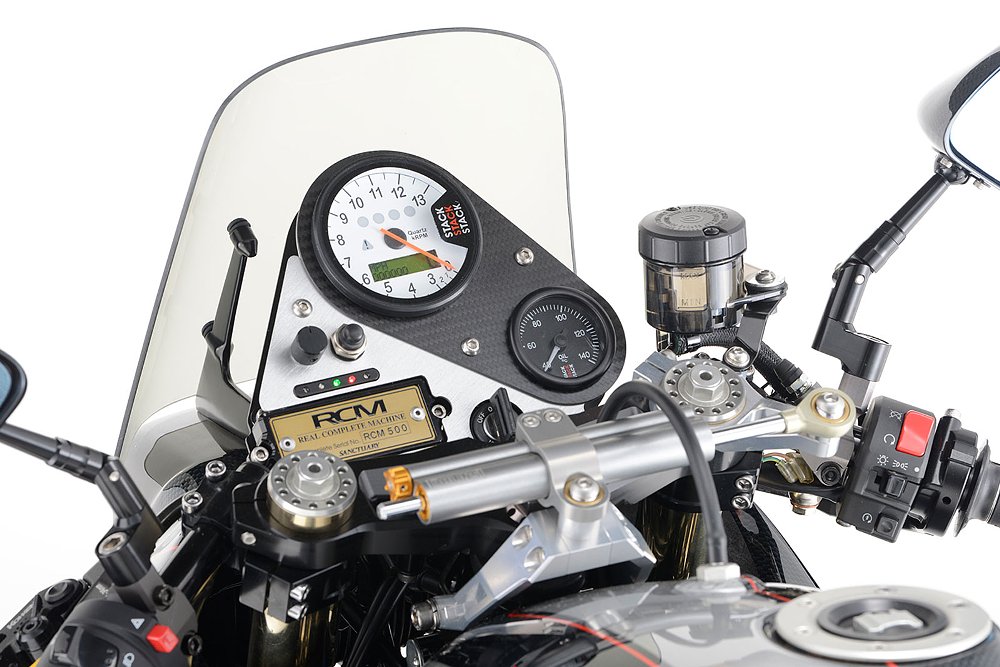
AC Sanctuary founder Hiroyuki Nakamura has been refining the RCM formula since the mid-1990s. Today, his business encompasses specialized engine tuning, frame manufacturing, electronics, and fabrication departments. Thanks to the global attention his work has garnered, AC Sanctuary now also operates an American RCM headquarters to serve customers in the United States.
The owner of this Katana had been a long-time admirer of Nakamura-san's craftsmanship. After visiting AC Sanctuary's Japanese headquarters, he decided it was time to commission an RCM of his own.
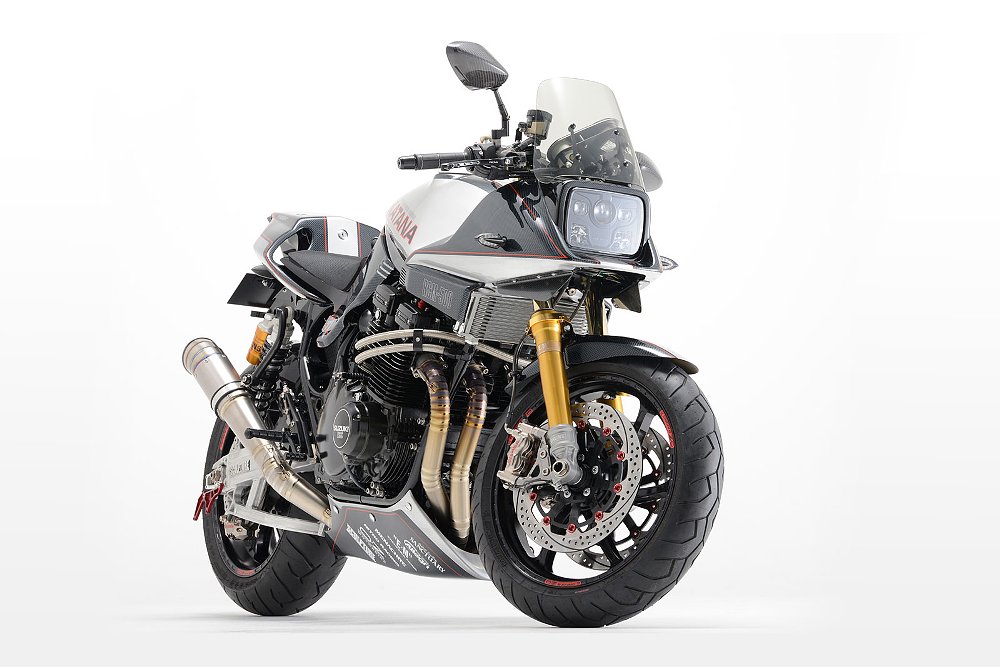
"The owner lives in Las Vegas. His request was to restore the GSX1000S Katana that he bought in his youth and turn it into an RCM," says Nakamura-san. "His old Katana had stopped working and was left abandoned in a corner of his garage, but this changed when RCM USA was established in Los Angeles."
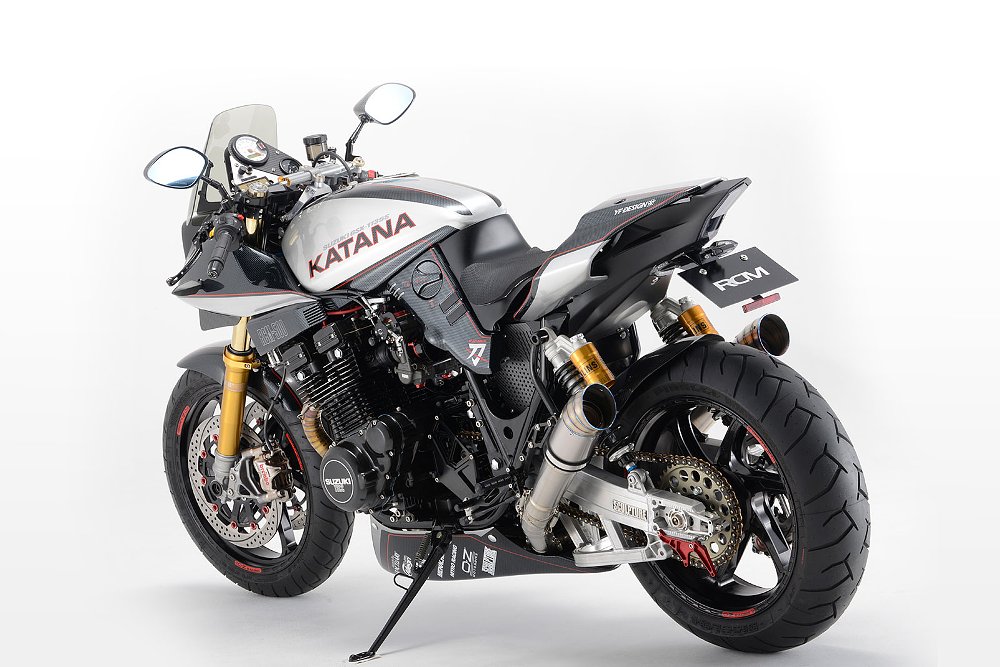
To set the wheels in motion, a member of the AC Sanctuary team collected the Katana from its home in Vegas and relocated it to RCM USA. Once there, the bike was disassembled, packaged, and shipped to Japan to await its transformation. However, unlike the usual approach, where a customer selects their RCM specifications from a predefined list of options, this bike's owner was much more specific.
"The owner was very passionate about his ideal machine and it was quite a challenge to make it fit his vision," recalls Nakamura-san. "In Japan, the shape of the original bike is often kept as is. For this custom, however, the customer's single-seat conversion has a modern shape, and we had to check the balance of the entire bike to see if the shape would fit aesthetically and function appropriately."
Thankfully, the RCM team successfully addressed their concerns regarding the Katana's single-seat conversion. As part of the customary RCM chassis reinforcement upgrades, the Katana's subframe was heavily modified to accommodate the new cowl. The distinctly modern tail section is a modified Yamaha YZF-R1 aftermarket unit sourced from parts supplier Clever Wolf. While Katana purists may view this conversion as sacrilege, there's no denying that it has sharpened the bike's silhouette.
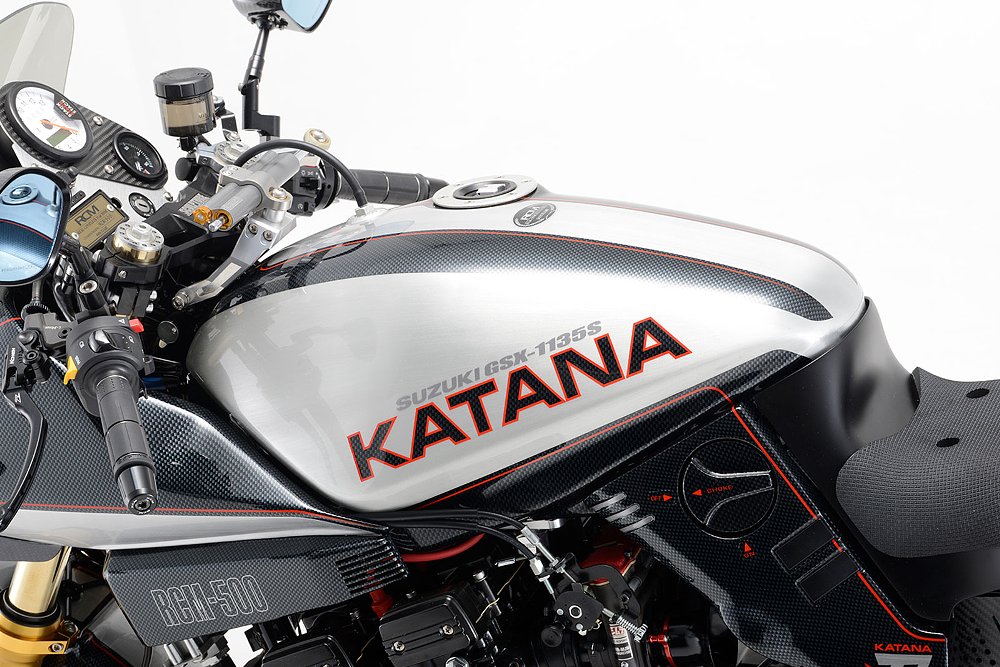
Positioned just ahead of the seat is a custom-made aluminum version of the original Katana fuel tank. The side covers remain original, while the belly pan is an aftermarket component carefully chosen for its aggressive, style-matching lines.
As expected, this RCM features a laundry list of performance and handling upgrades. The suspension is now handled by Öhlins, with a CNC-machined yoke securing the fork in place. In the rear, piggyback shocks are mounted to an alloy swingarm by Sculpture. The wheels are 17 inches front and rear, featuring range-topping OZ Racing rims and Brembo stoppers.
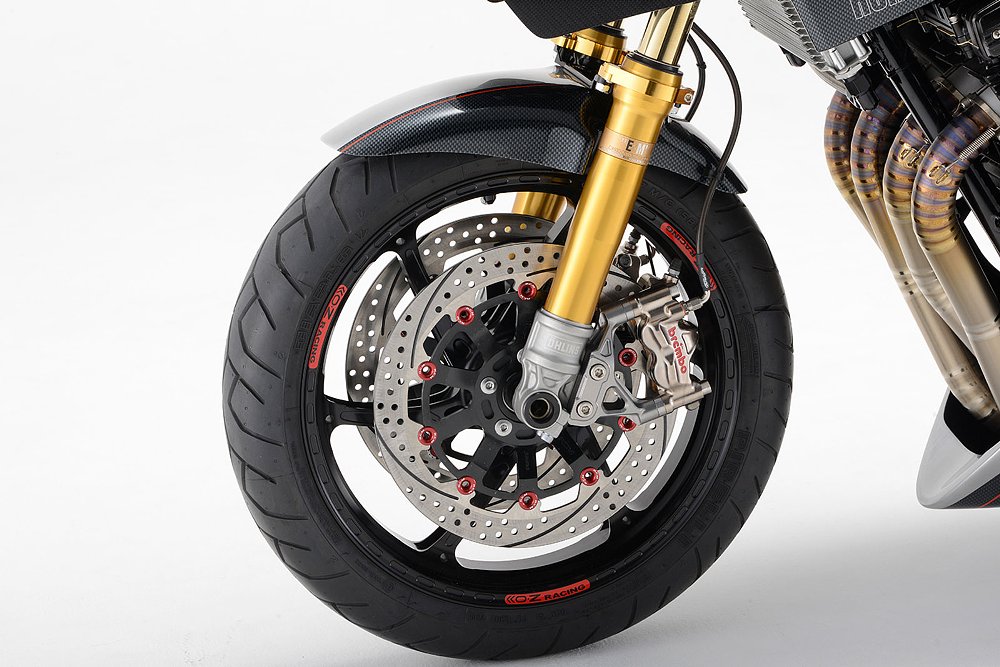
The fully rebuilt inline-four now boasts a capacity of 1,135 cc. Hidden within its freshly painted cases are a modified GSX1100S crankshaft, a Yoshimura camshaft, and Wossner high-performance pistons. Fueling is managed by 40 mm Mikuni TMR carbs, while exhaust gases exit through a striking, custom-built four-into-two titanium exhaust system.
In keeping with the modern theme applied to this Katana, all the lighting is now LED-powered and there's no shortage of carbon fiber components. The cockpit is dominated by STACK gauges, Daytona clip-ons, and an Öhlins steering damper. Here you'll also find a numbered RCM plate, displaying the bike's production number and serving as proof of its origin.
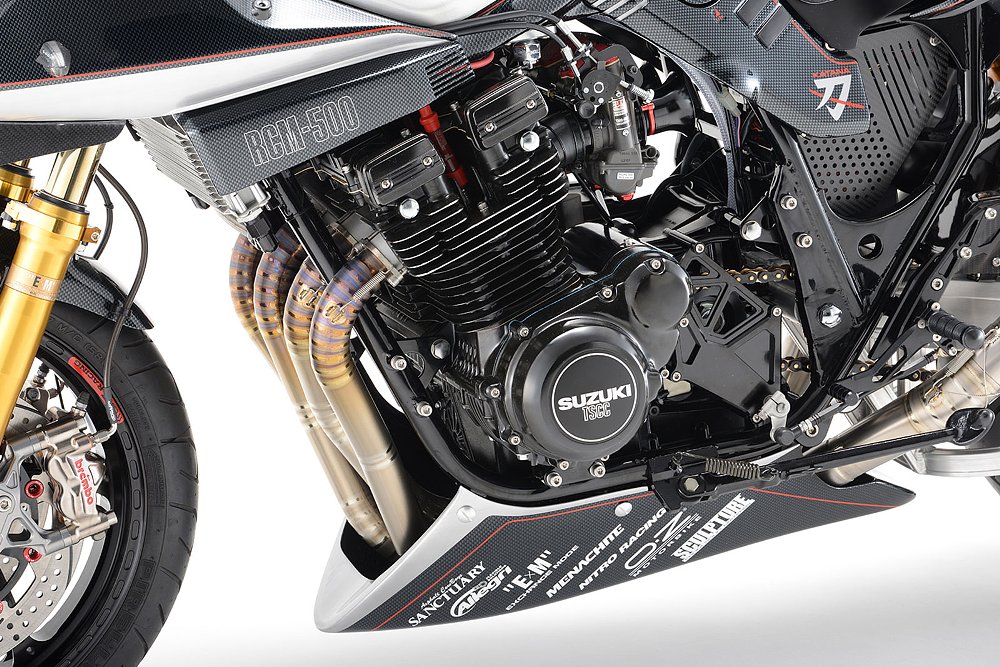
Having completed roughly 600 RCM builds to date, AC Sanctuary has solidified its reputation as one of the world's top resto-mod workshops. This Katana is a clear example of exactly why that is.


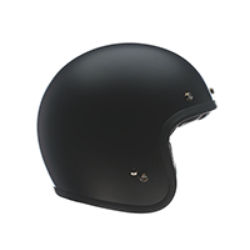

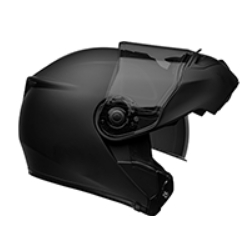

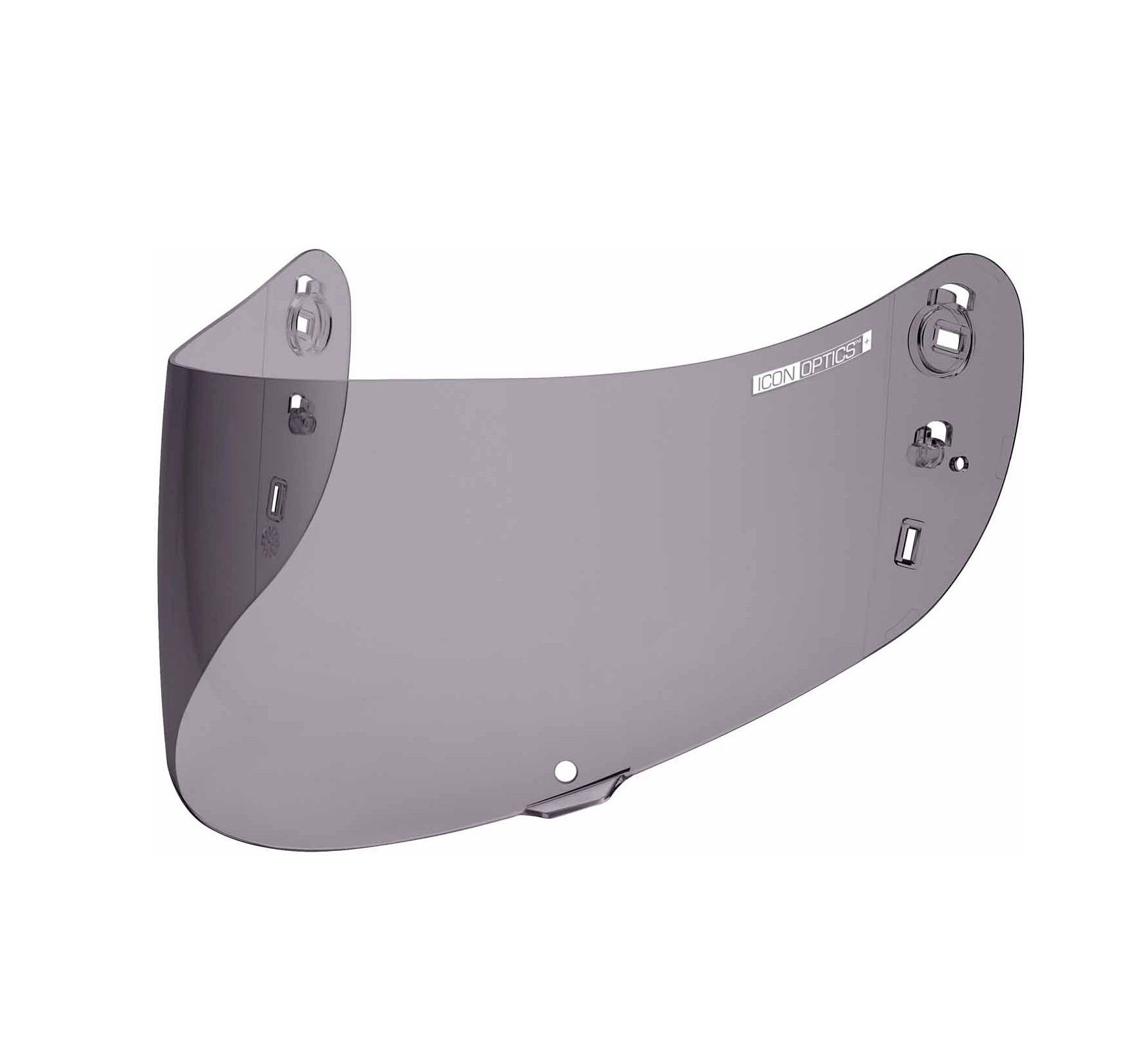
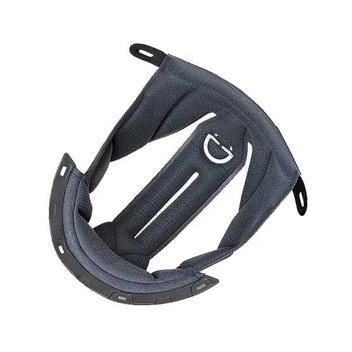
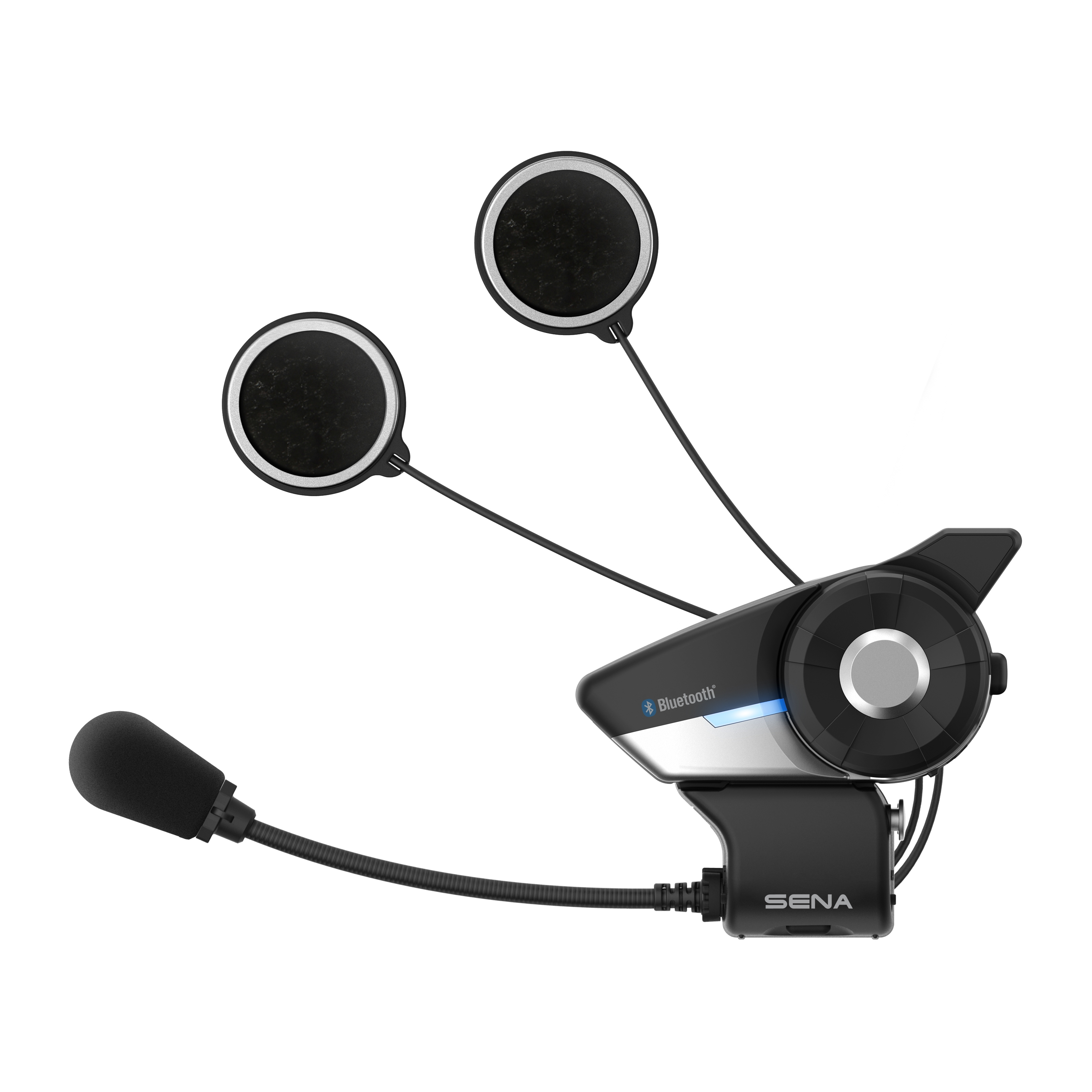


 Membership
Membership




